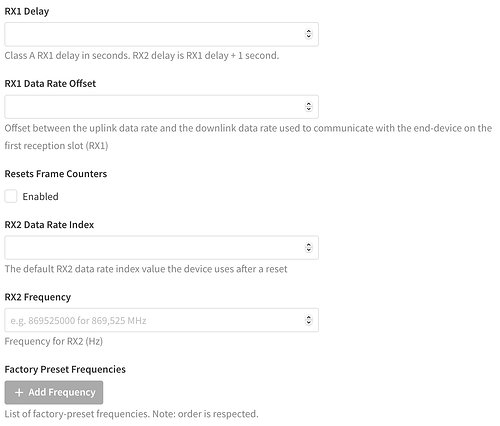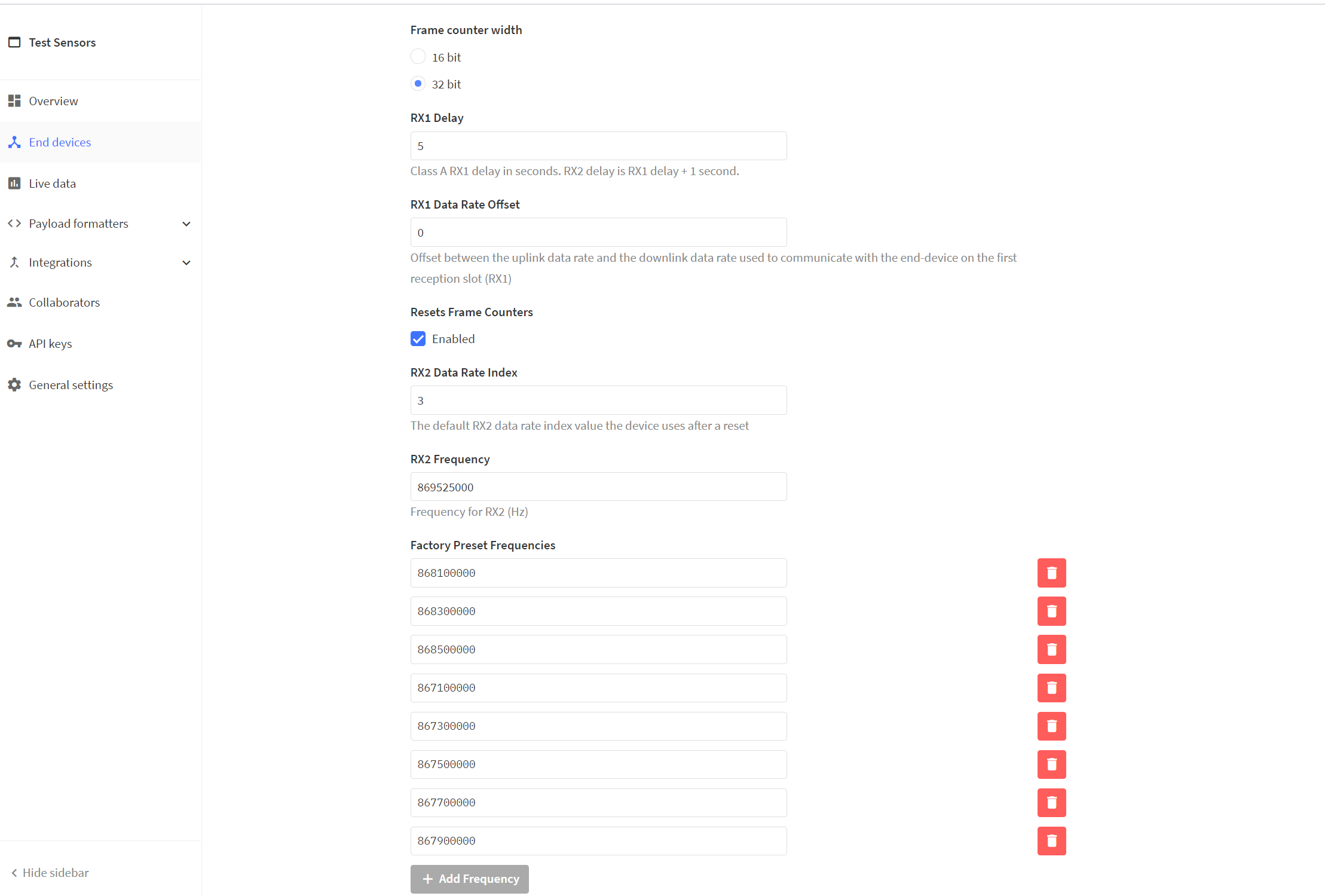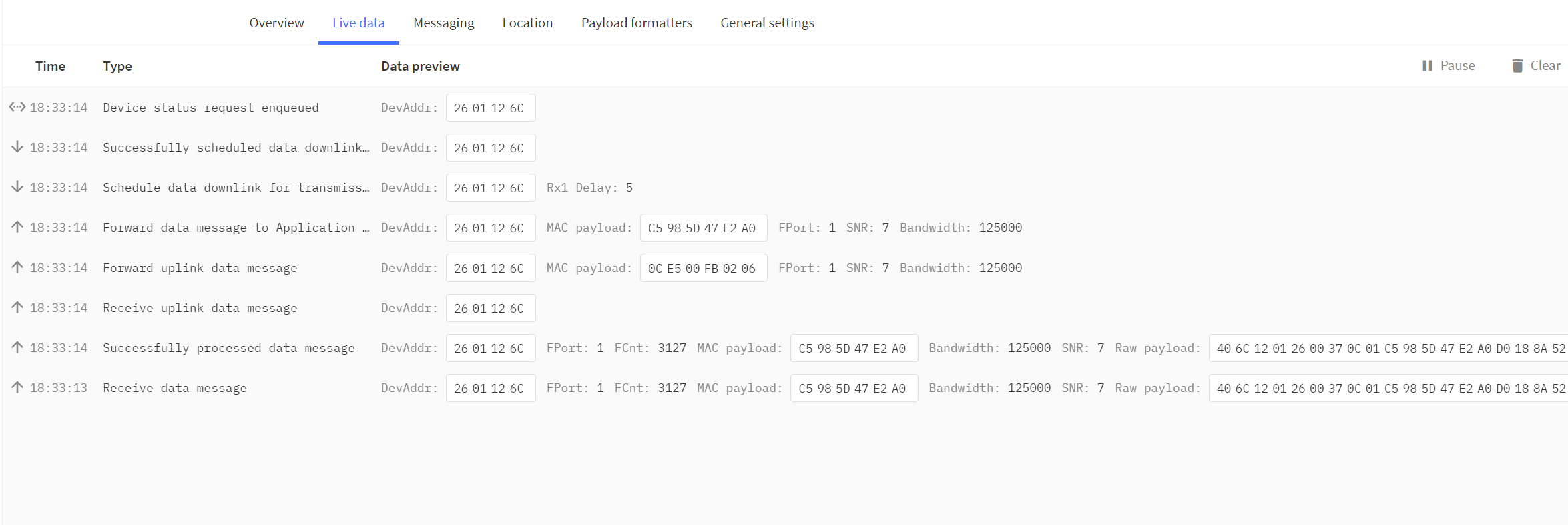The Things Stack officially only supports LoRaWAN-compliant end devices and the devices described here are not compliant.
We’re doing our best to add options that make The Things Stack work with non-compliant develoment devices, but if you’re building a serious solution, you should really use LoRaWAN-compliant end devices.
Downlink messages are an essential part of the LoRaWAN specifications, as they let the network to optimize the data rate of a device (ADR), tell the end device to use more or different channels, but also set a duty cycle for (accidentally or intentionally) misbehaving end devices.
Allowing devices that don’t support downlink will hurt the overall network quality in the long term, so I’m not sure we should even want to have these kind of end devices on our network. The best solution is really to make your device LoRaWAN-compliant.
Registering ABP devices in v3 is a bit more complicated than with v2. Of course you should be using OTAA unless you really have a good reason not to, but if you really need to use ABP, you need to make sure that the network parameters on the device and the network server are exactly the same.
This means that when you register the device, you must fill in all fields in the Advanced settings with the exact settings that you programmed in the end device. I’m not sure what happens if you modify these settings afterwards (@roman?).
Yes, this is an issue. We’re doing LoRaWAN here, not plain LoRa.
Yes. In v2, the Network Server at some point just gave up sending MAC requests/responses (which in some cases just bricked a device). Doing this in The Things Stack would make the Network Server non-compliant, and we don’t want that, because we eventually want to have a LoRa-Alliance-certified Network Server. What we could perhaps do, is add an advanced option to the Network Server that would disable the entire MAC layer for an end device, so that the Network Server doesn’t generate downlinks anymore.
These downlinks are likely generated because the MAC state of the end device (as far as the Network Server knows) doesn’t match the desired MAC state. If you register an ABP device with the default settings, the NS thinks that there are only 3 channels configured, and will try to configure the other 5. It will think the RX delay is 1 second, and will try to change that to 5. Depending on the frequency plan, it will also try to reconfigure the RX2 data rate from SF12 (the LoRaWAN default) to SF9 (the default on TTN).
LoRaWAN-compliant devices will send a response to acknowledge that they processed the MAC commands.
This actually makes sense. If you didn’t tell the Network Server that your device uses those channels, it will not consider your device when matching the uplink, and will try to configure those channels with a downlink MAC command.




